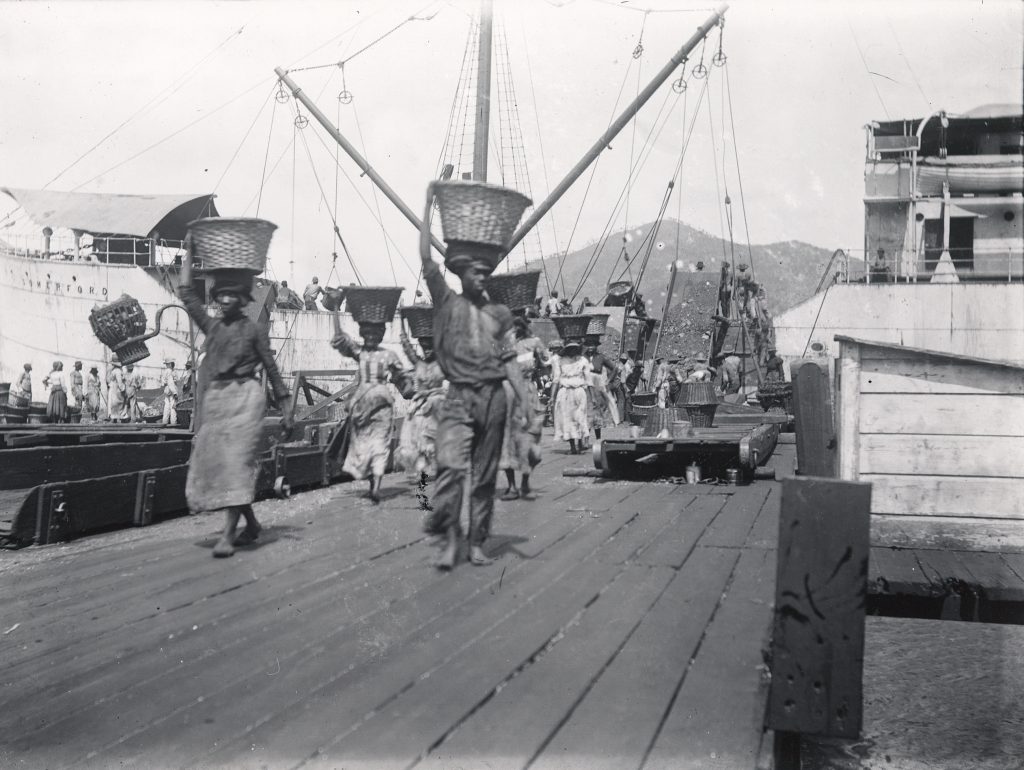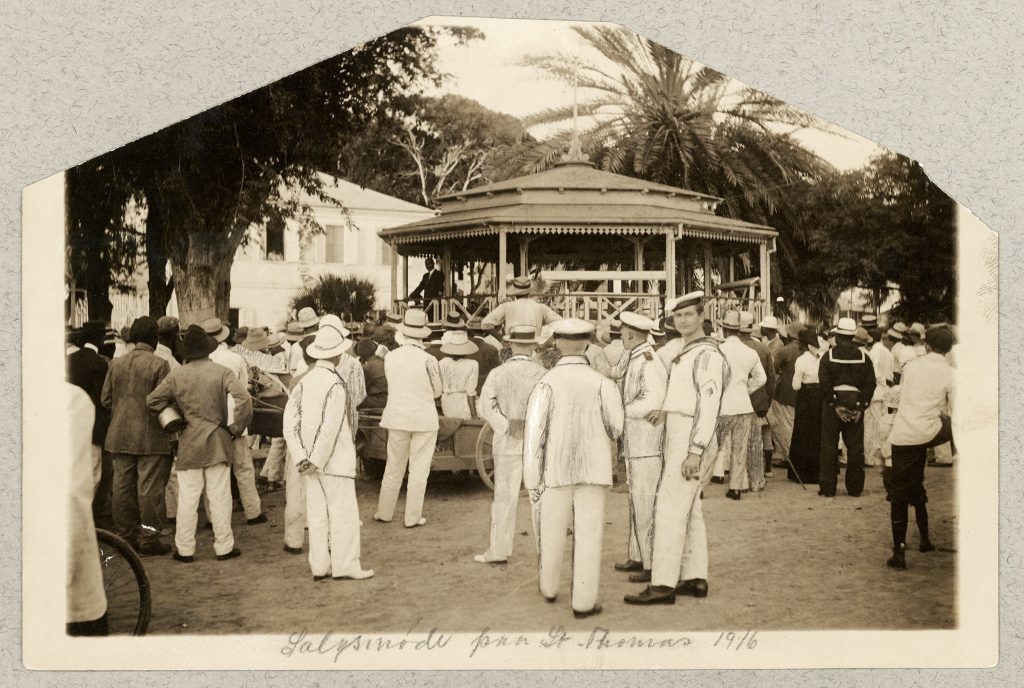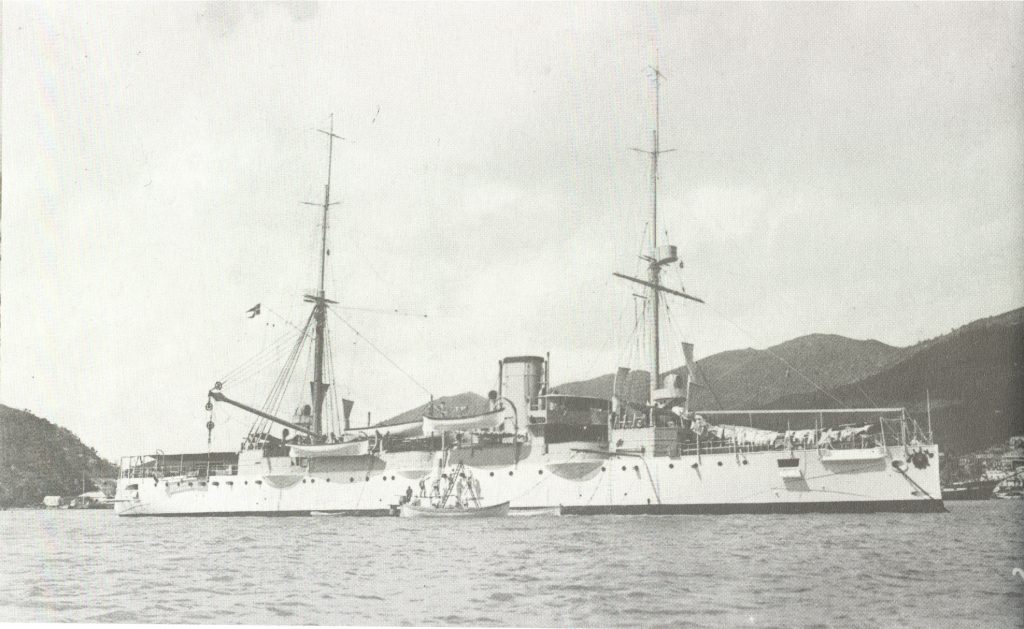
Inspired by the success on the neighbouring island, on 25 November 1916 George A. Moorhead called the workers on St. Thomas out on strike. These were the workers in the town of Charlotte Amalie and in the town’s important harbour. A role was played not least by the famous – and infamous – women who carried coals on board the steamers. The strike on St. Thomas also resulted in victory for the workers, who achieved higher wages and better working conditions.
The warship the Valkyrie
David Hamilton Jackson’s fierce agitation had created anxiety among planters and officials already in the autumn of 1915. While the workers in the colony were offering increasingly organized resistance, Denmark sent the warship the Valkyrie. With its 230-man crew, the warship was to quieten unrest in the colony. More strikes and unrest broke out after the Valkyrie’s arrival, but the situation later became calmer. The Valkyrie was to remain in the West Indies until the islands were sold in 1917.

